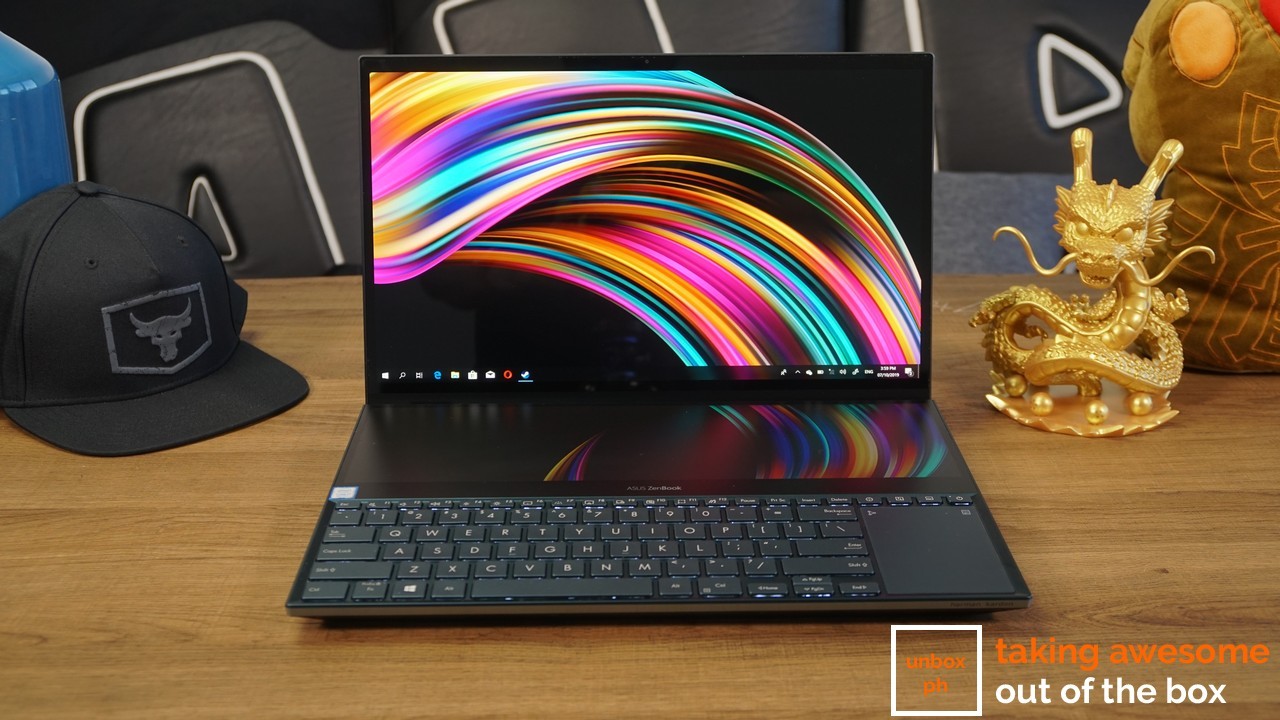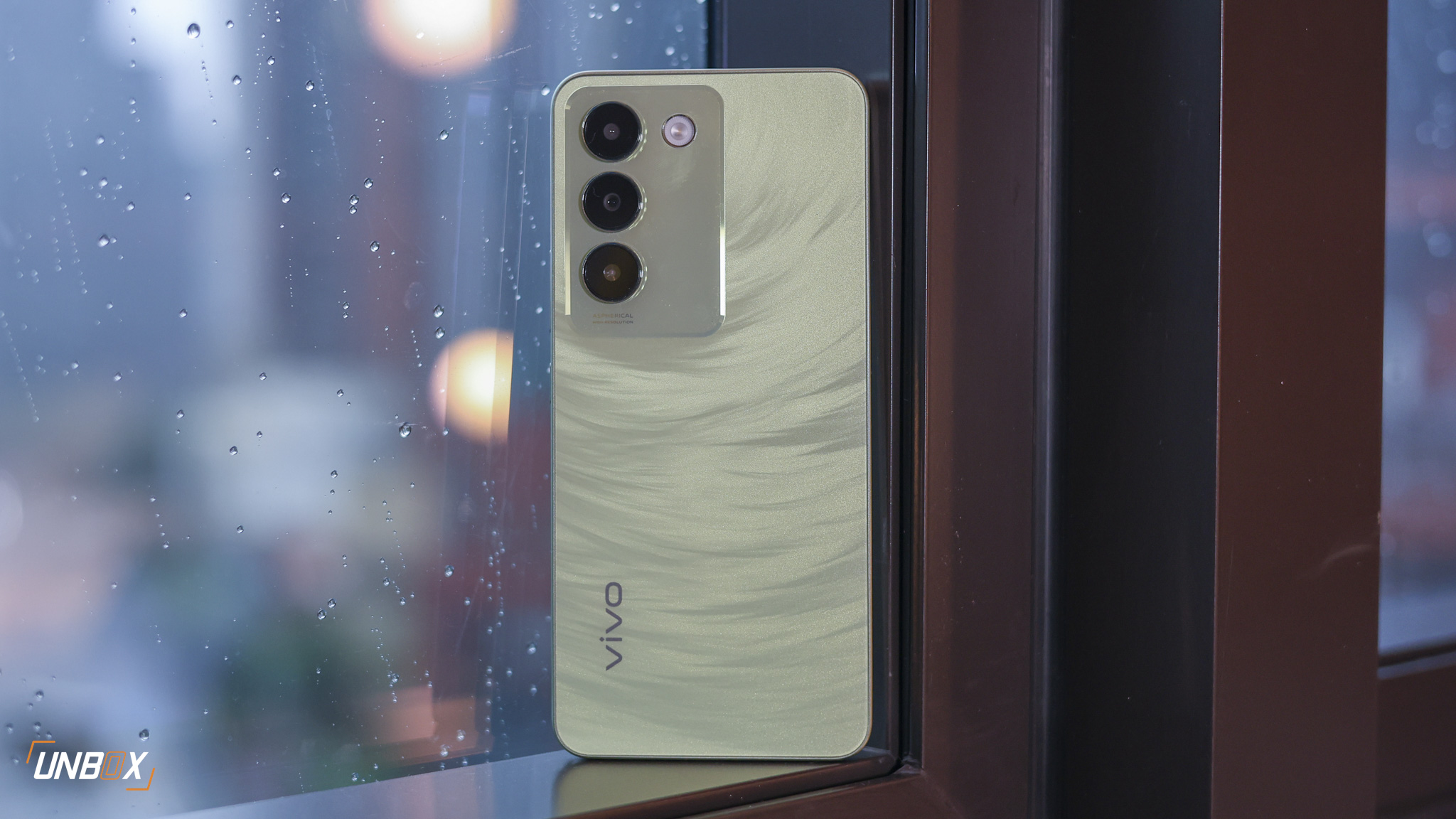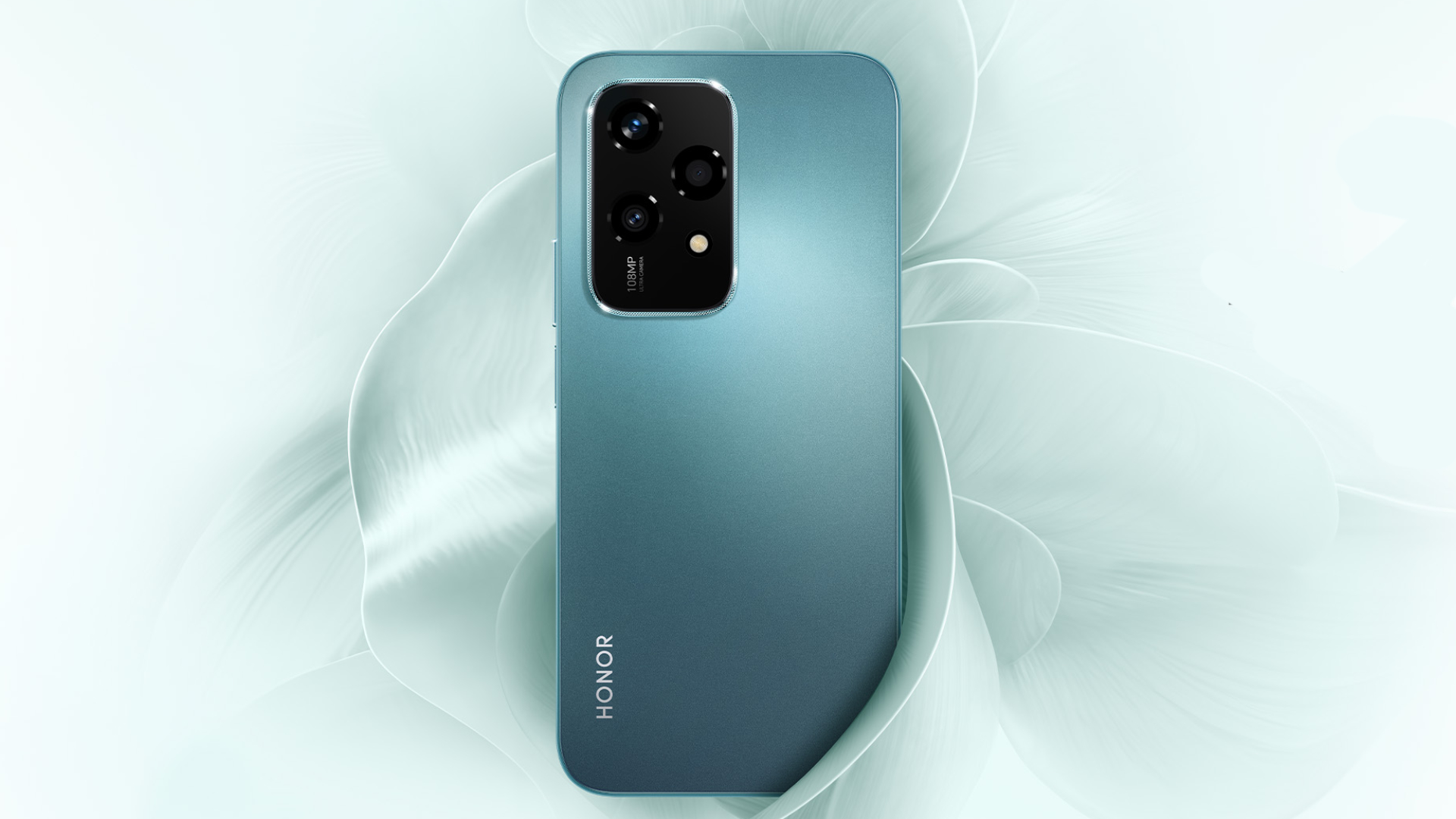The most futuristic notebook we’ve used
I have to admit: I was highly skeptical of ASUS’ idea of putting a second, big screen on a notebook. During the initial tech briefing for their ZenBook Pro Duo back in July, I really didn’t buy into the idea of increased productivity with two screens.
Then I got to try it myself.
For people like me who dabble in content creation (specifically making videos and articles for the internet), the new ZenBook Pro Duo is a godsend. That second screen isn’t entirely as gimmicky as I thought, and for the first time in a long time, I was actually having fun editing videos.
But that doesn’t mean that the notebook is for everyone – actually, it’s quite the opposite, and the ZenBook Pro Duo’s high price and quirks limit it to a niche market of people.
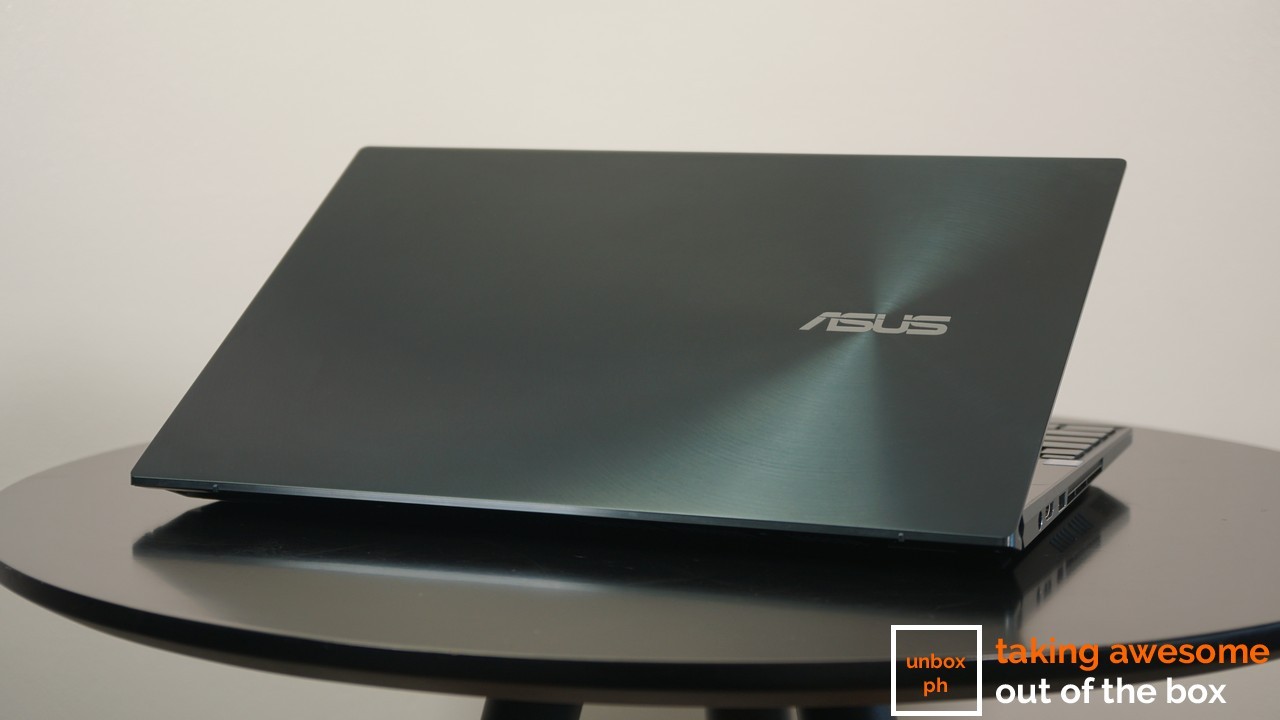
Dual-screen future is heavy and clunky
Notebooks have looked pretty much the same from the time of their conception back in the 80’s – you have a screen on one end and keyboard and trackpad on the other.
Obviously that’s quite different with the ZenBook Pro Duo, but that comes with a heavy price – quite literally.
The ZenBook Pro Duo is chunkier and heavier than a traditional notebook, being 24mm thick and nearly 2.5 kilos in weight. The laptop of tomorrow weighs a lot like a notebook from the past if you ask me.
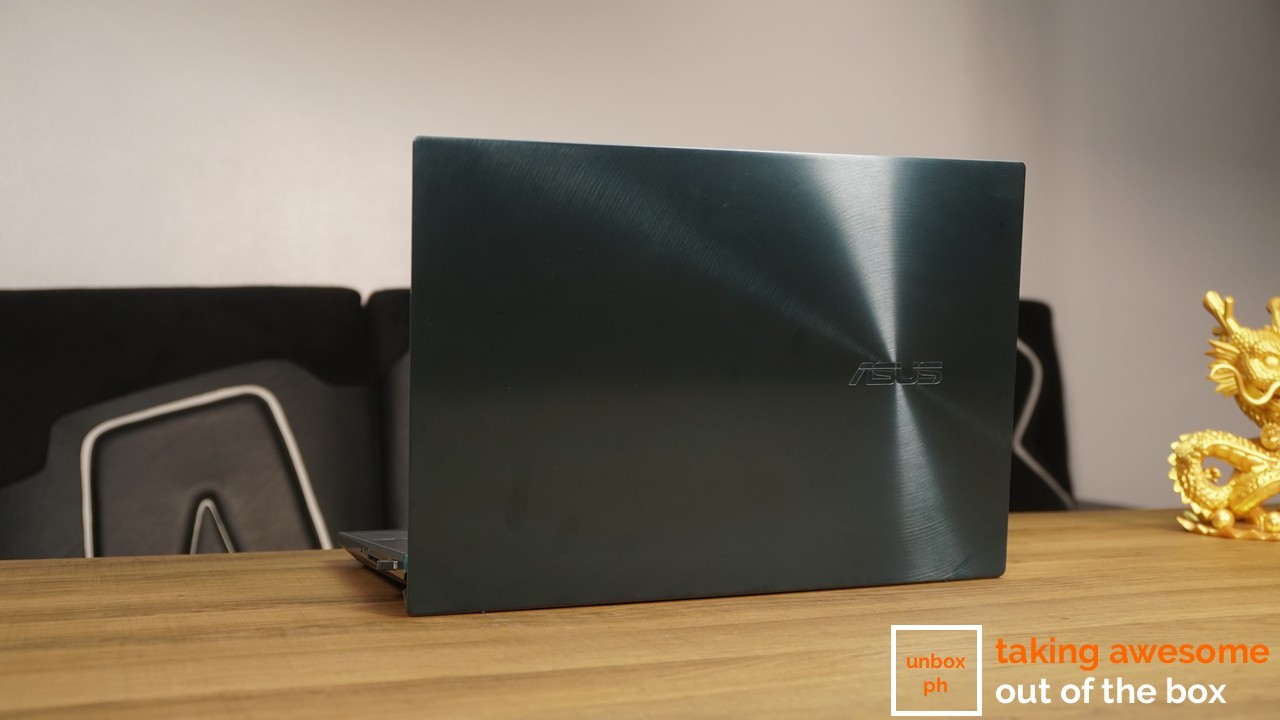
The notebook is an aberration with the ZenBook line, which typically combines fashion-forward design with thin and skinny externals that you can take anywhere.
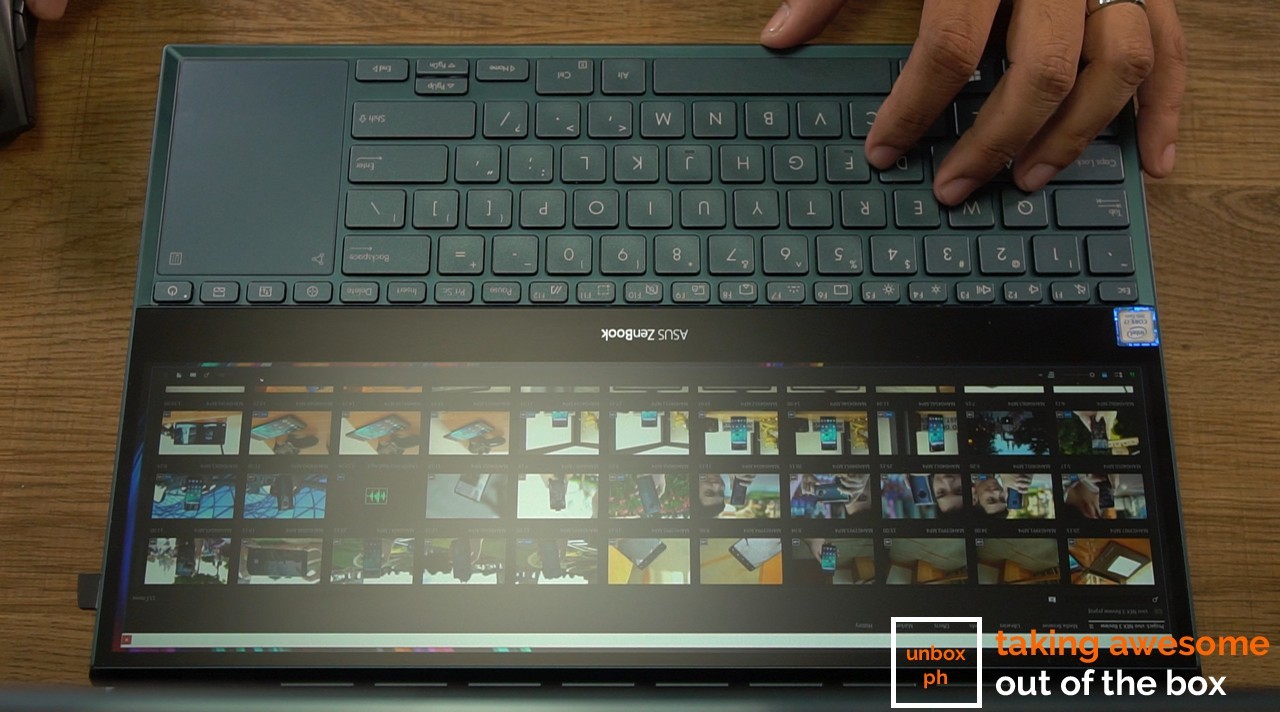
The trade-off, of course, is that you get a razor-sharp display on the chassis in addition to that 4K 15.6-inch OLED 16:9 touchscreen display.
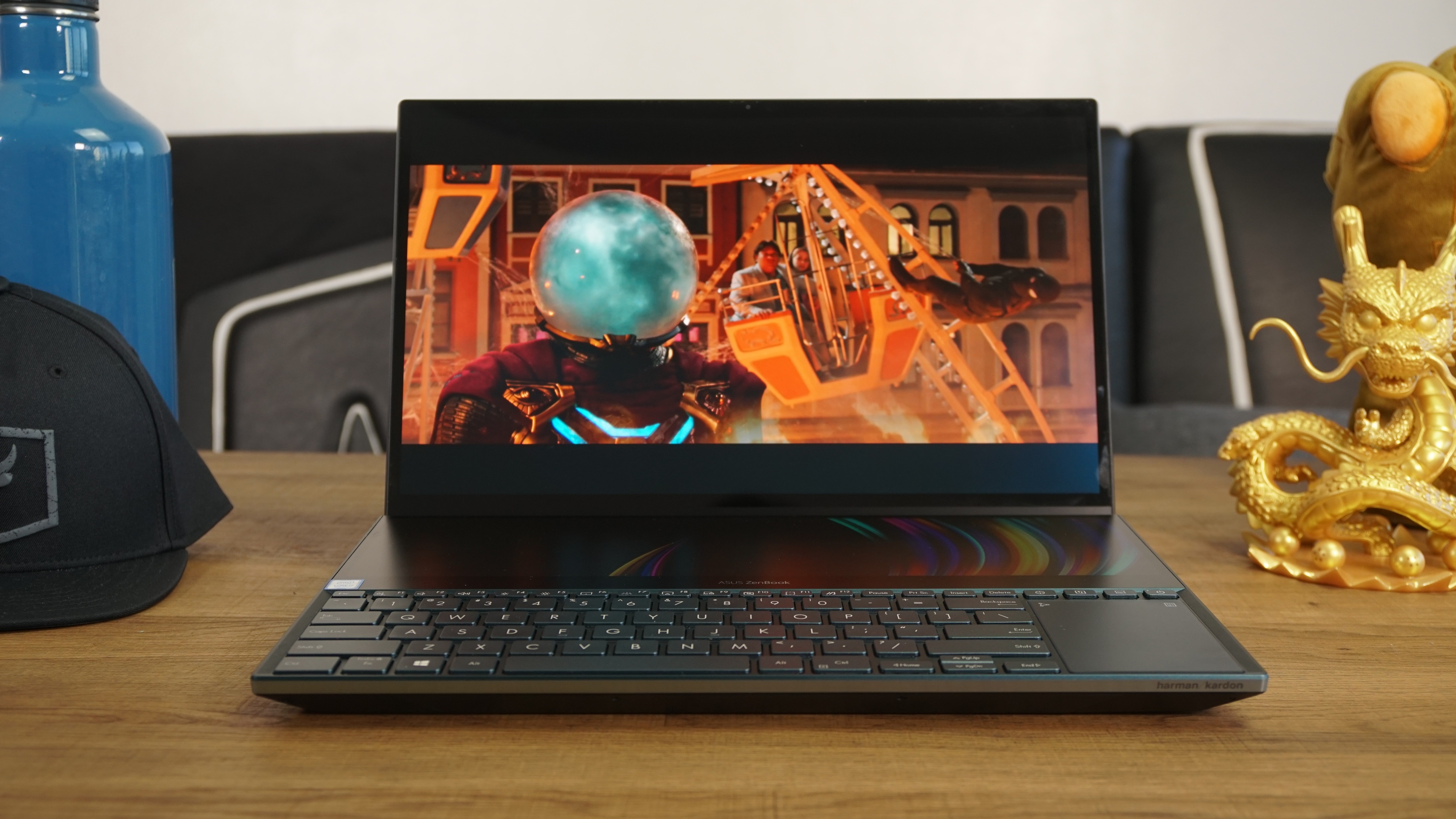
Because of the positioning of the secondary display, ASUS pushed the rest of the QWERTY keys down the chassis, similar to what they did with their ROG Zephyrus line of notebooks. The trackpad is shifted to the side as well, which now pulls double duty as the Numpad with a flick of a button.
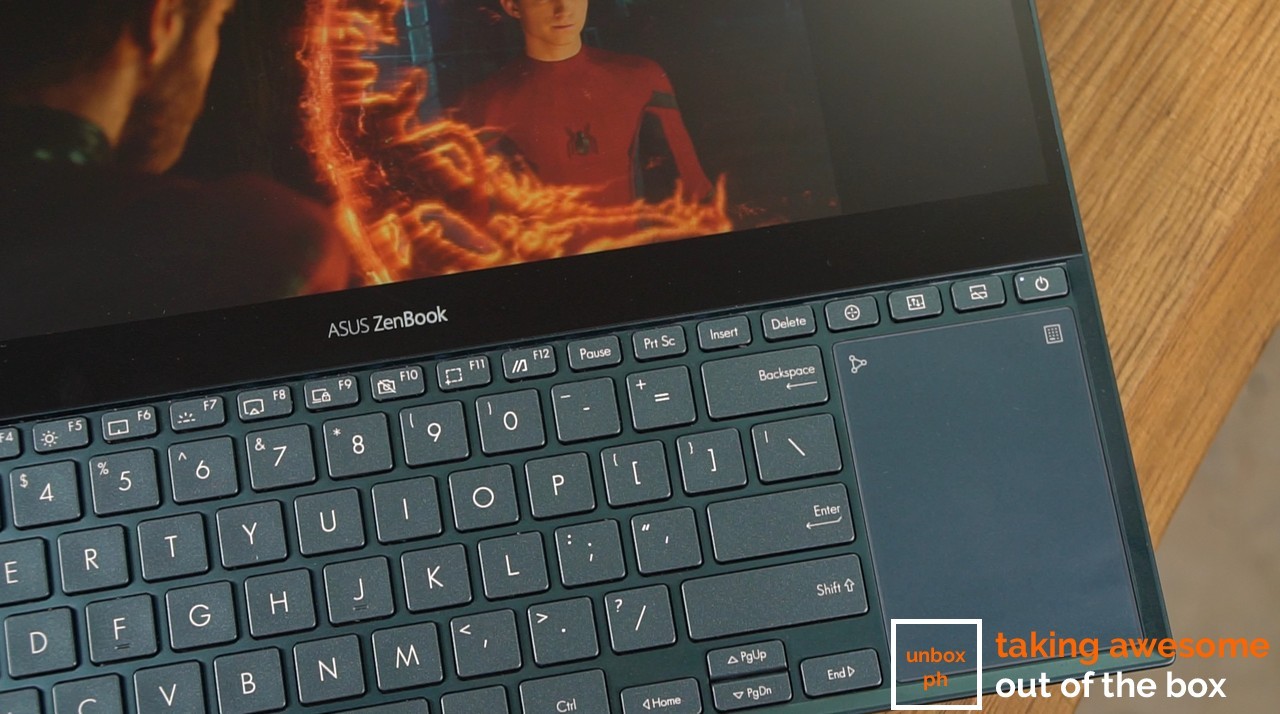
This means you’re not getting a traditional wrist-rest, which makes typing more tiring than usual.
ASUS does include a removable wrist-rest in the package, but its size and length don’t lend itself to portability. It’s yet another reason why the ZenBook Pro Duo is best left at home or at the office.
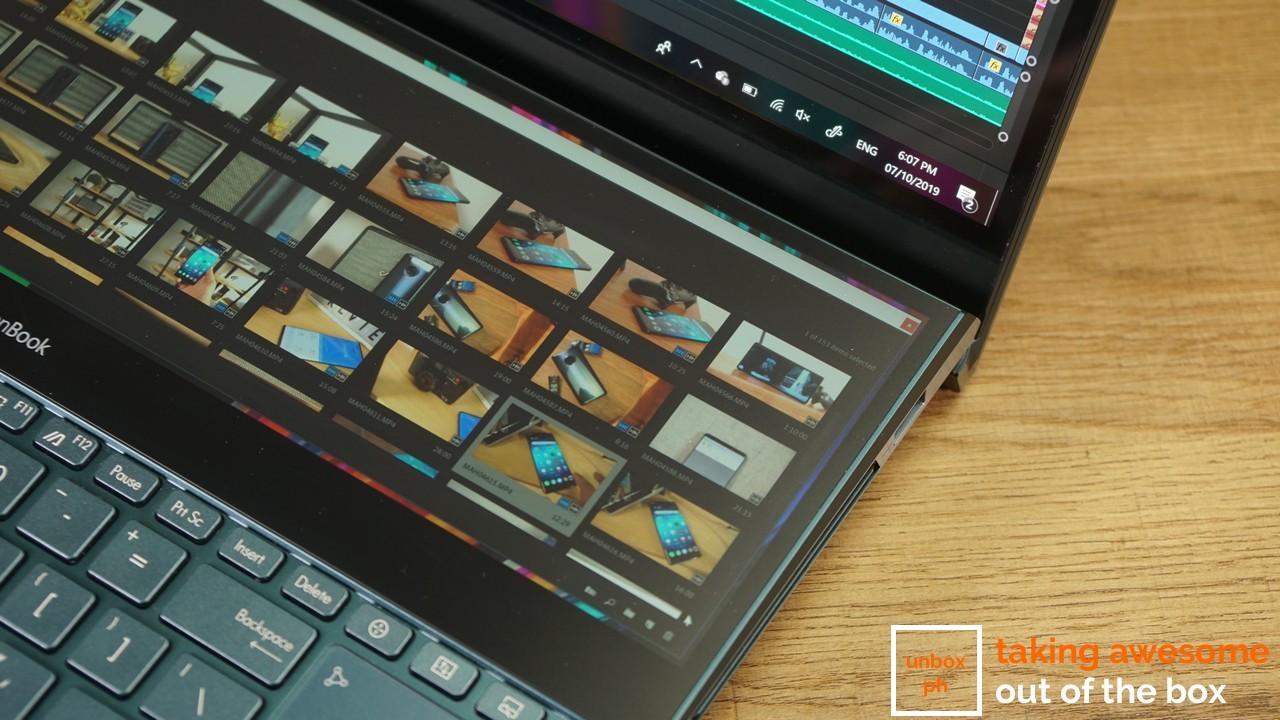
Secondary display sounds like a gimmick, but it’s actually useful
All of the design compromises for the ZenBook Pro Duo is because of the secondary display stuck right below the main panel.
Dubbed the ScreenPad Plus, it’s a 14-inch UHD panel that you can use in a couple of ways.
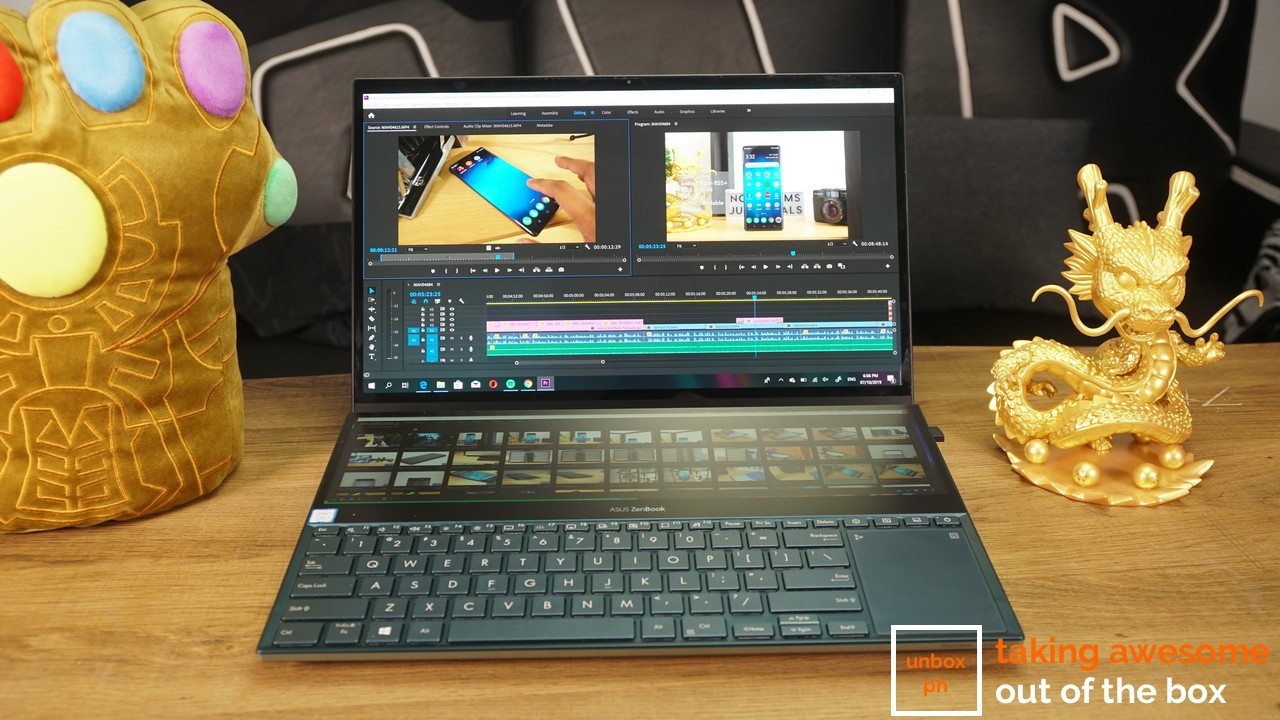
You can pin windows and other applications to that second display, and ASUS has tweaked the Windows OS to show you a prompt when you’re moving around application windows.
While dual-screen workstations aren’t something new, I like the idea of being able to pin programs, apps and other windows directly under the main display for easy reference. In Adobe Premiere Pro CC, for example, the second screen is where I put all the assets (b-roll, etc.) that I’ll be using for my video. It makes the organization easier and streamlines my workflow.
When writing articles, the ScreenPad becomes the repository of references, including press photos, photos I took of the device as well as the manufacturer’s website.
ASUS also includes a stylus that you can use with the ZenBook Pro Duo as well, and you can turn the ScreenPad into a drawing surface if you wish.
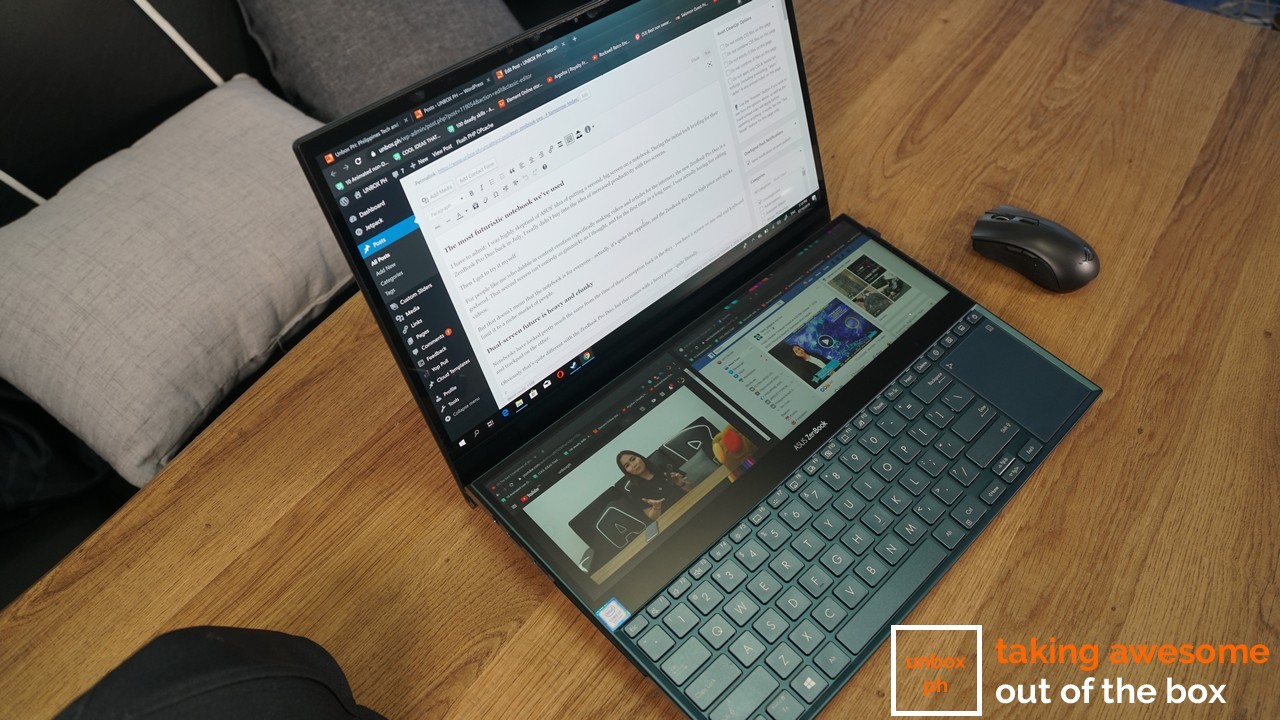
As nice as that second screen is, there are compromises. ASUS applied a matte finish on the panel that makes it a little difficult to read. And because the primary display is so good and so bright, the matte secondary screen looks anemic in contrast.
Windows 10 also treats the second screen as the extension of the first, so your mouse doesn’t hit a wall when it’s near the bottom of the first screen – it just scrolls on to the top of the second.
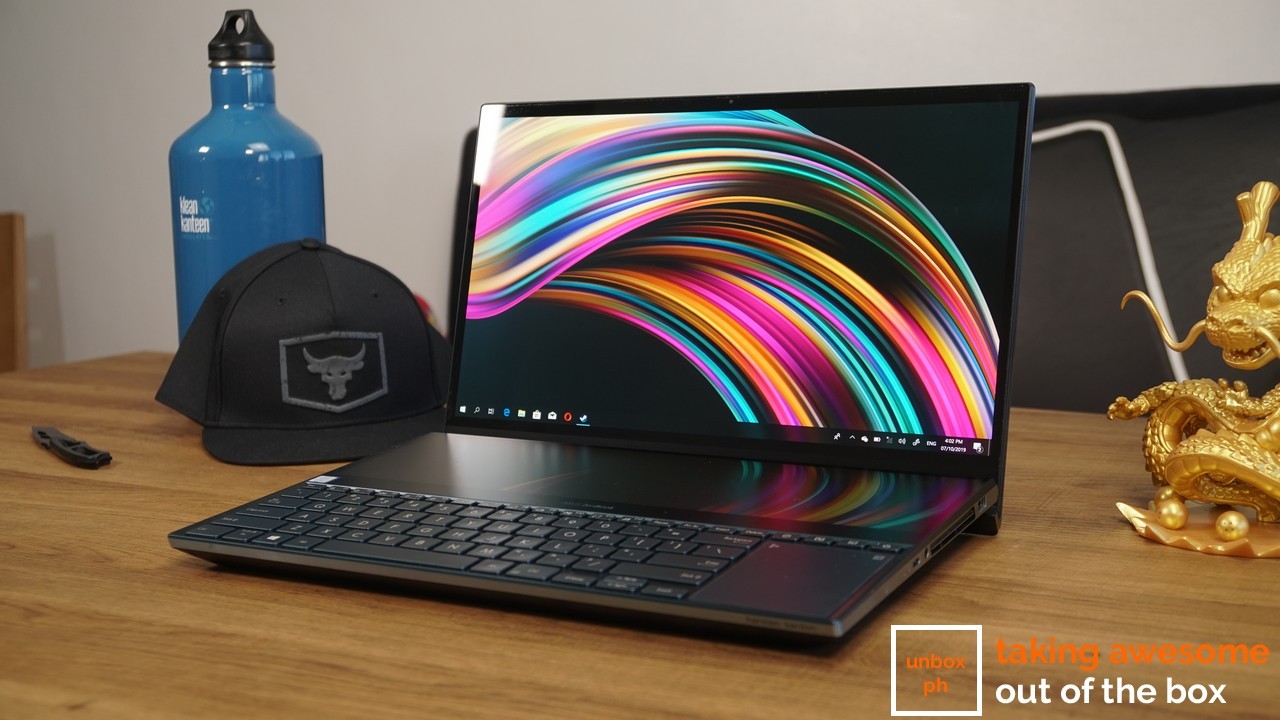
This makes for a few annoying niggles when you’re trying to game with the notebook too – some games (like my perennial favorite Squad) had scaling issues since it Windows 10 counts the second screen as an extension.
Thankfully you can manually turn off the screen via the menu, which allowed me to scale the game properly.
Little niggles like this kept popping up while we were using the notebook. Because the of the resolution of the smaller screen, some apps rendered text too small to read, which, again, is quite annoying.
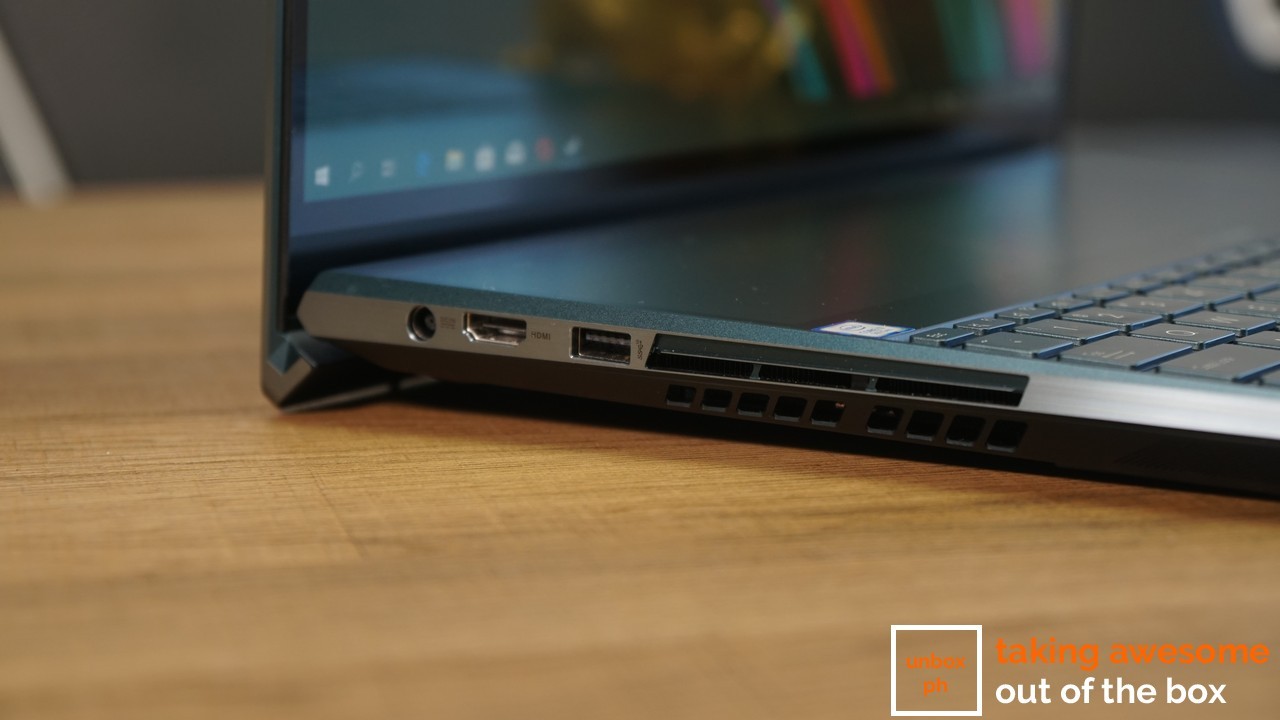
Big body that doesn’t have enough ports
You’d think that the ZenBook Pro Duo would have a smattering of ports and connections thanks to its absolutely huge body, right?
Nope – as big as the ZenBook Pro Duo is, it only has two USB 3.1 ports, a lone USB Type-C port, a standard HDMI port and a 3.5mm jack. You don’t even get an SD card reader.
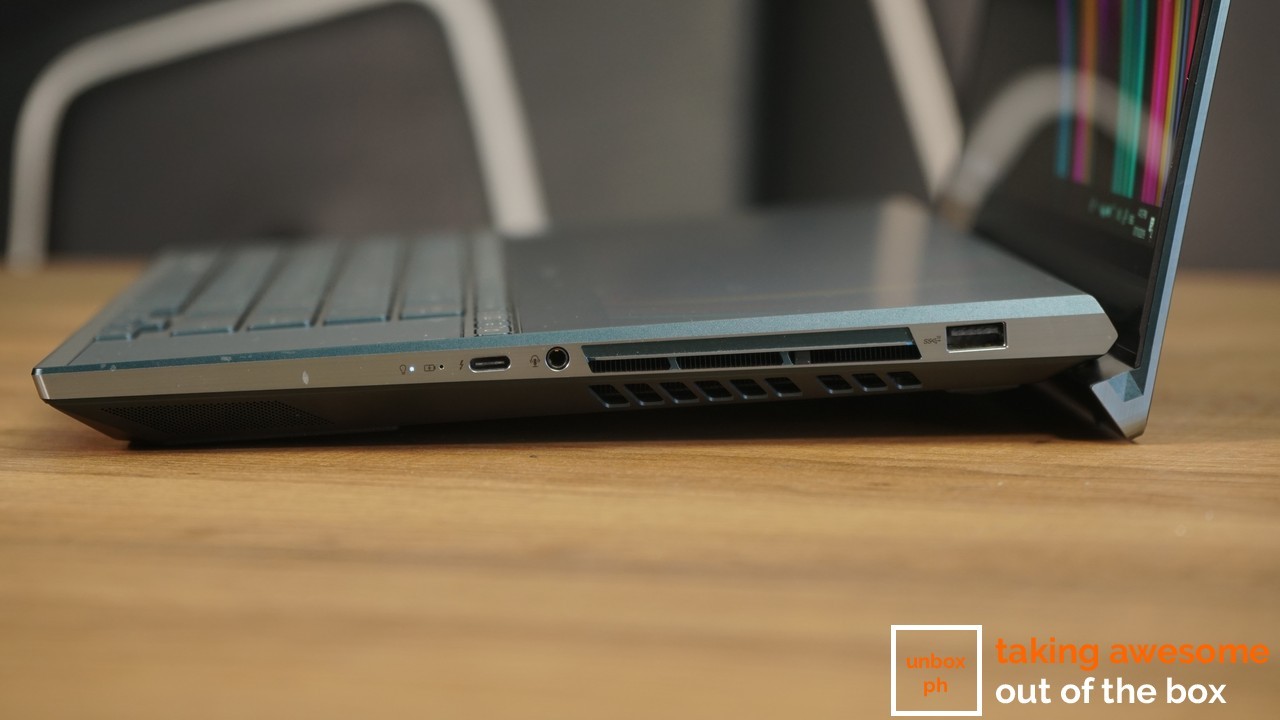
That’s an incredibly limited number of ports in a notebook that has enough space for a few more.
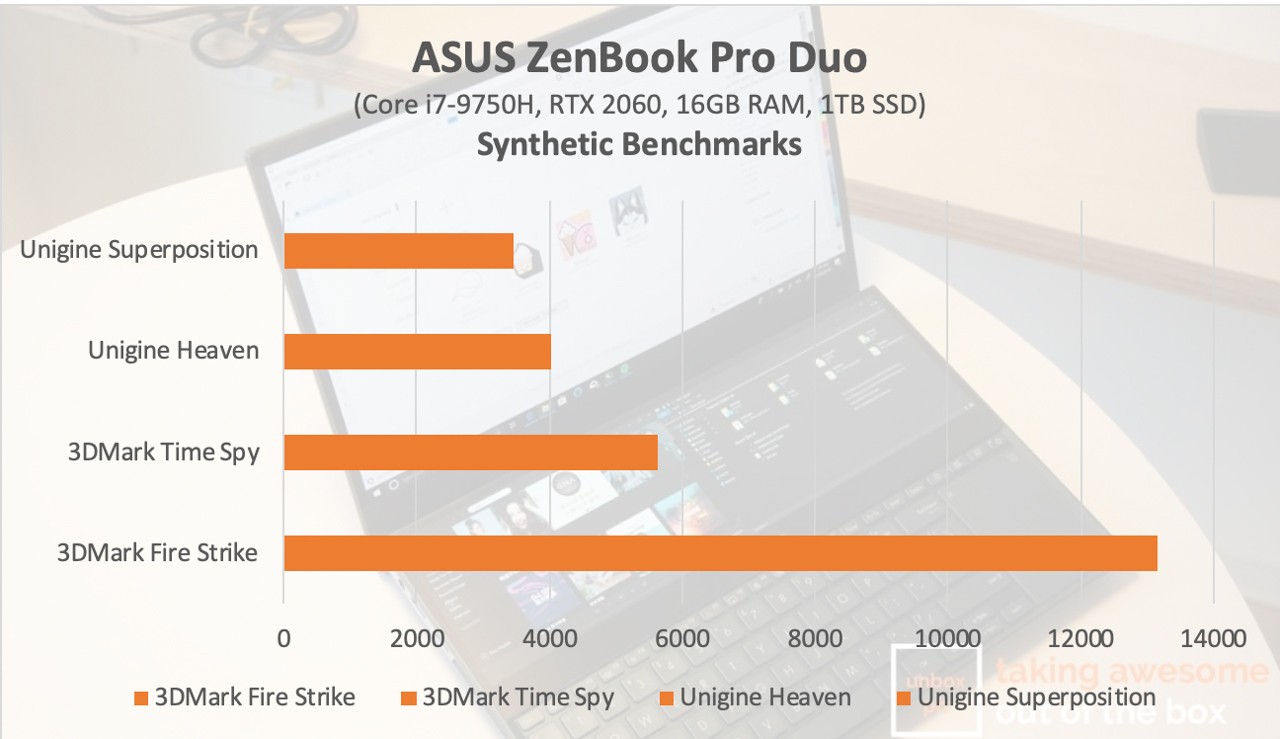
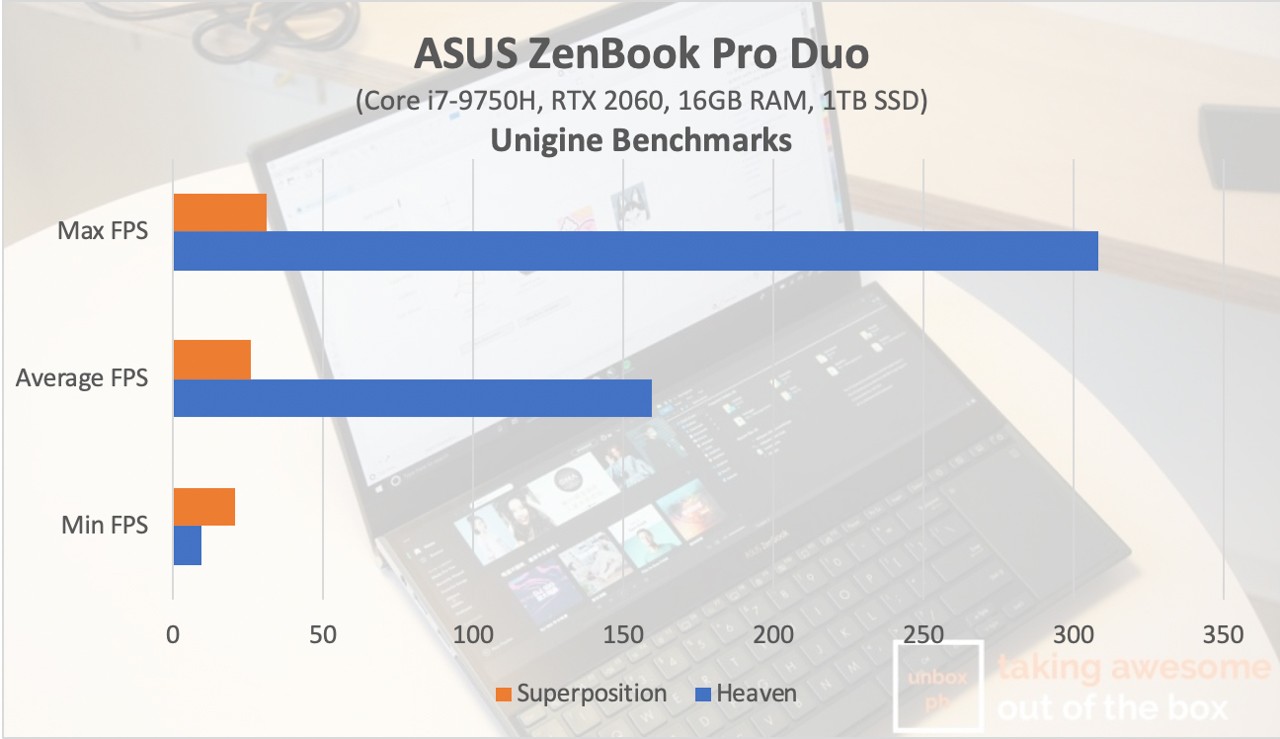
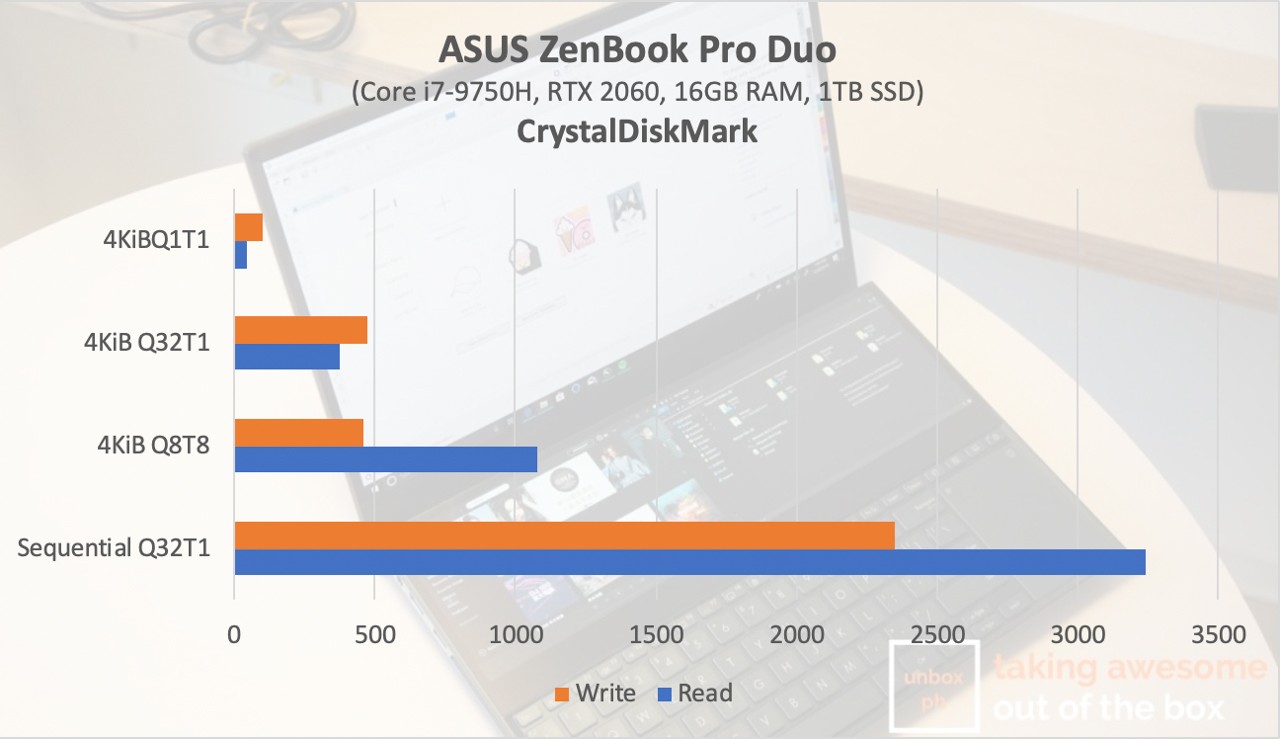
Hardware so powerful you can game on it
ASUS didn’t skimp on the hardware side of things with the ZenBook Pro Duo, stuffing it with the latest hardware available.
For the 15.6-inch variant, you can get it in two processor versions: a Core i9-9980HK or a Core i7-9750H. The latter is the one-handed to us for this review.
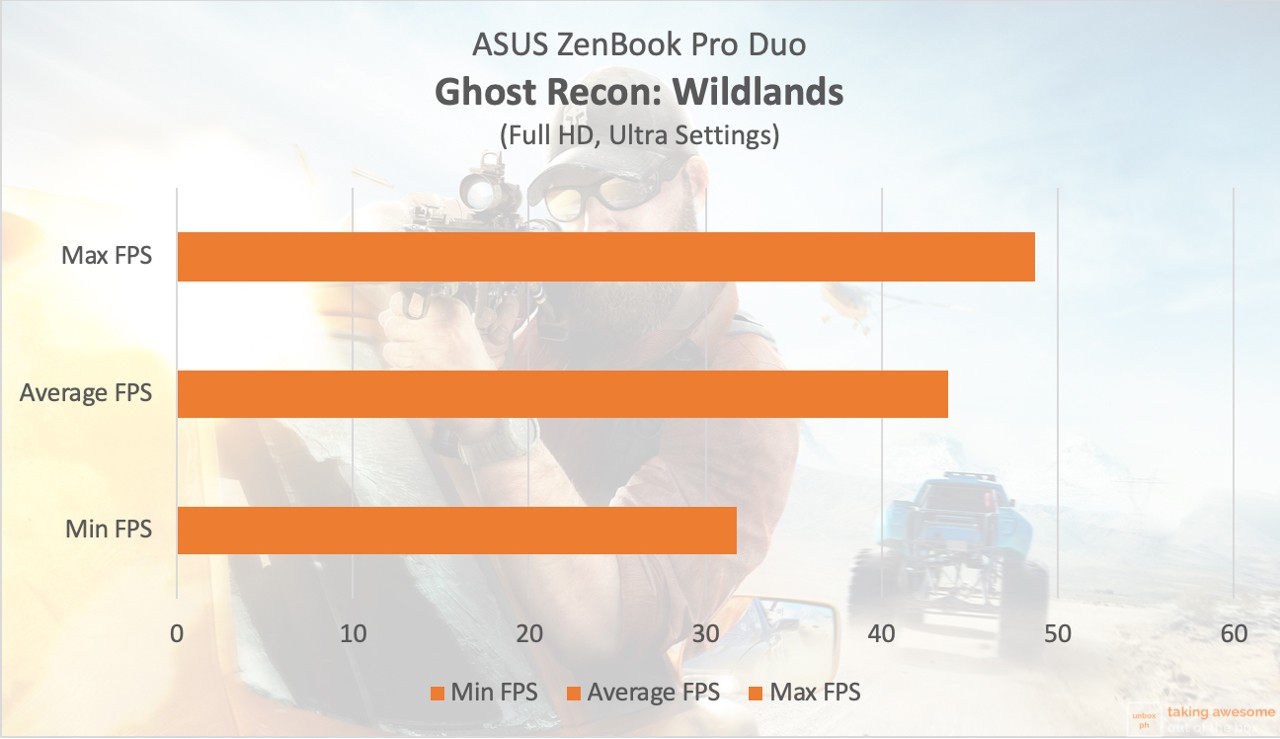
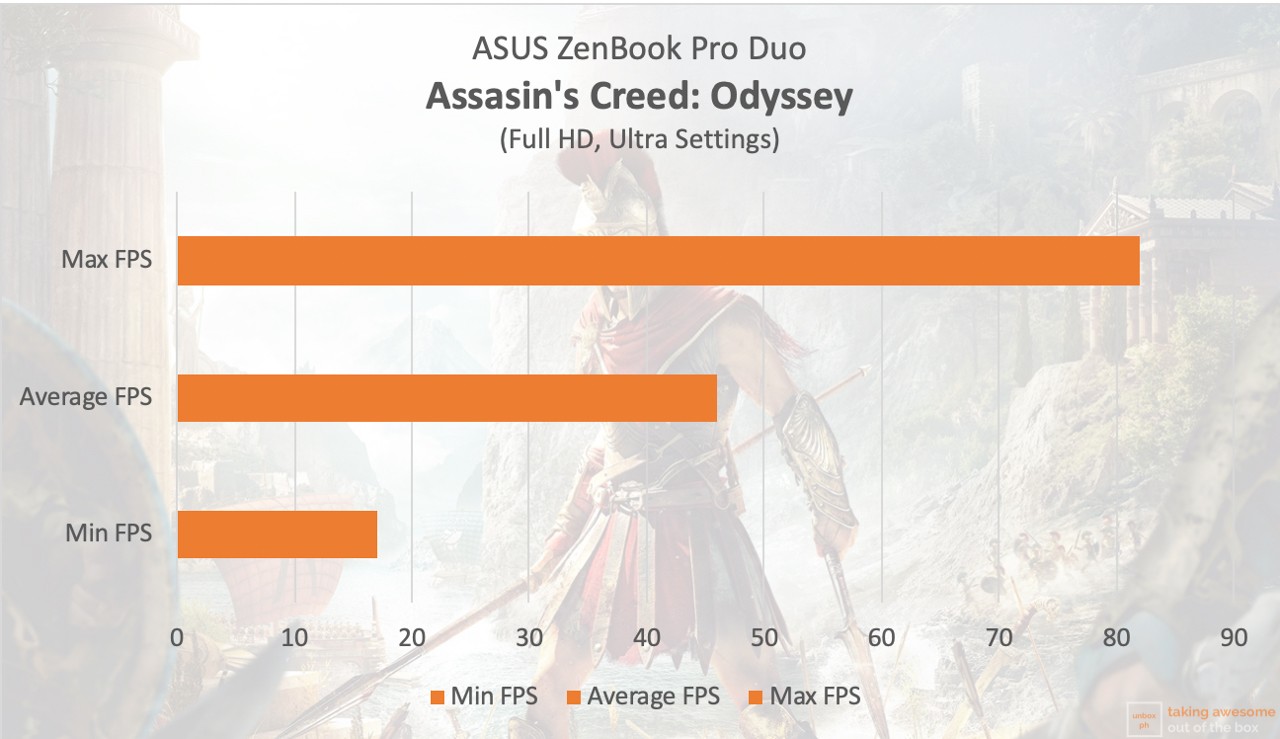
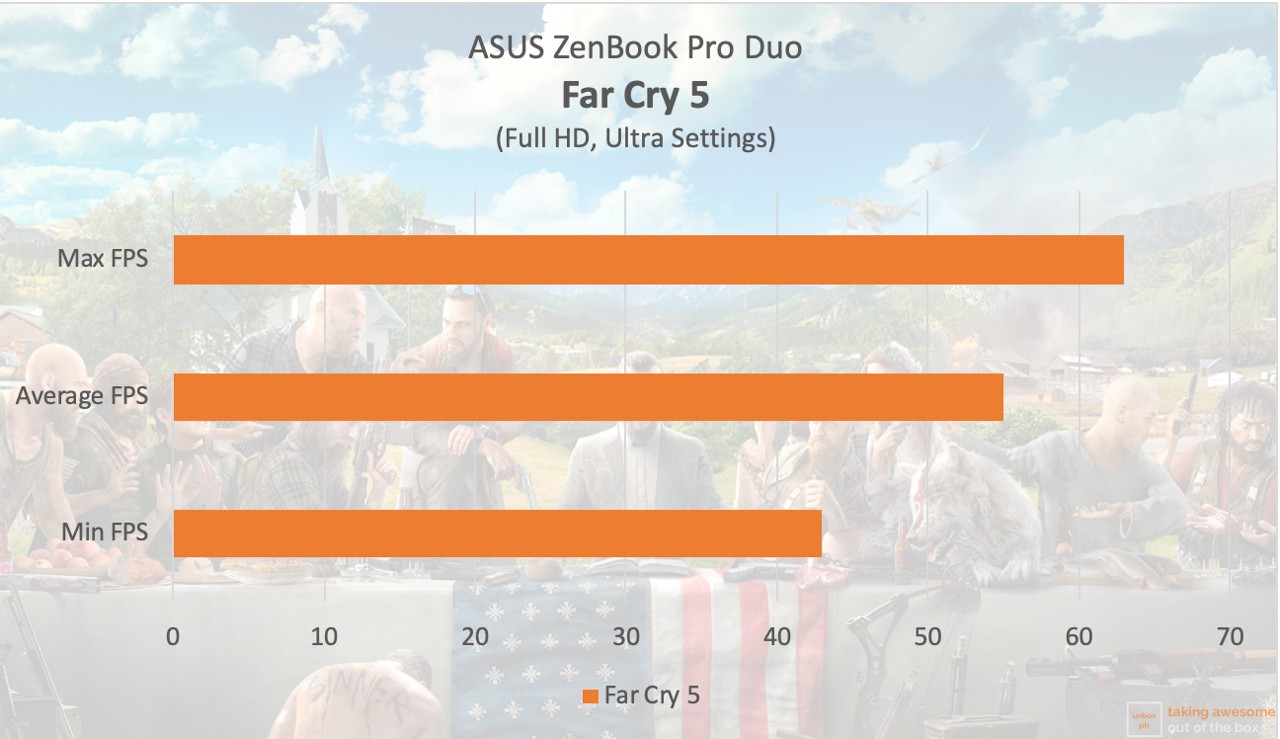
That’s typically paired with 16GB of 2666MHz DDR4 RAM, along with 1TB of PCIe storage.
Benchmark results show that the ZenBook Pro Duo is an incredibly powerful machine, and has more than enough grunt to keep the 4K displays running without a hitch. You can even game with the notebook and stream at the same time – something that the notebook is more than capable of.
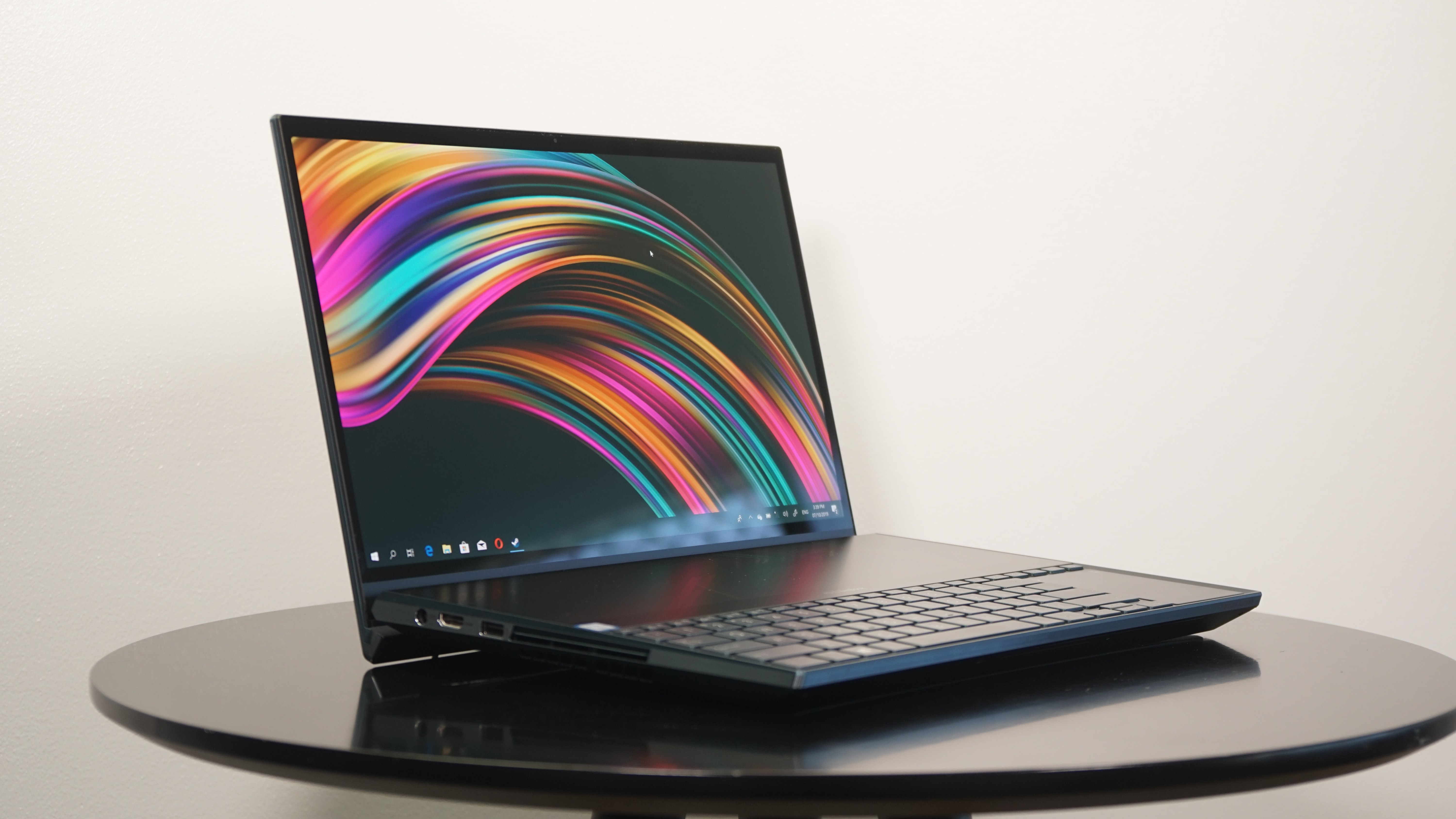
The battery is mediocre, at best
With such a big screen and hungry processor, we weren’t expecting high marks for the notebook in our battery loop test. We kept the notebook streaming YouTube videos with 50% screen brightness on and 50% volume and we got a not so encouraging result of 4 hours and 42 minutes, with battery life set at the medium setting.
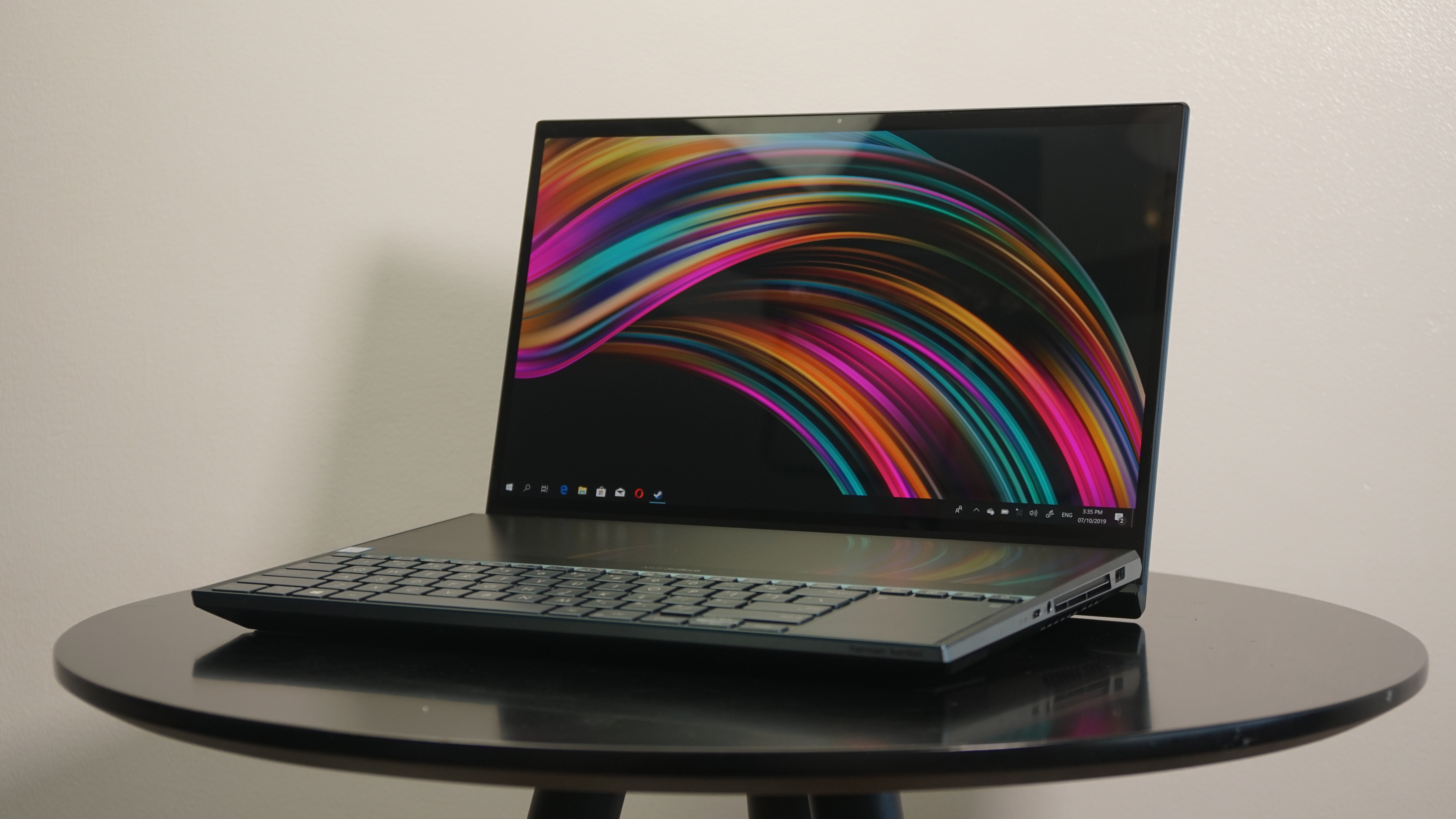
Verdict: It’s the laptop of the future, but do you really need it?
The ZenBook Pro Duo definitely has a lot of things going for it. Its primary display is big, beautiful and a joy to work on, and the secondary display gives content creators extra space to work on. Multi-taskers will probably love the expanded workspace.
Unfortunately, the laptop of the future has a few flaws, chief of which is practicality. You’ll be spending quite a bit for the luxury of that extra screen, with the model we reviewed priced at Php 169,995. The Core i9 variant is even higher, at Php 199,995.
You can buy a pretty decent and powerful notebook and a secondary screen with a chunk of change left over.
That’s not to say that ZenBook Pro Duo is useless, it’s just that it’s difficult to recommend it to the general population in its current form.


